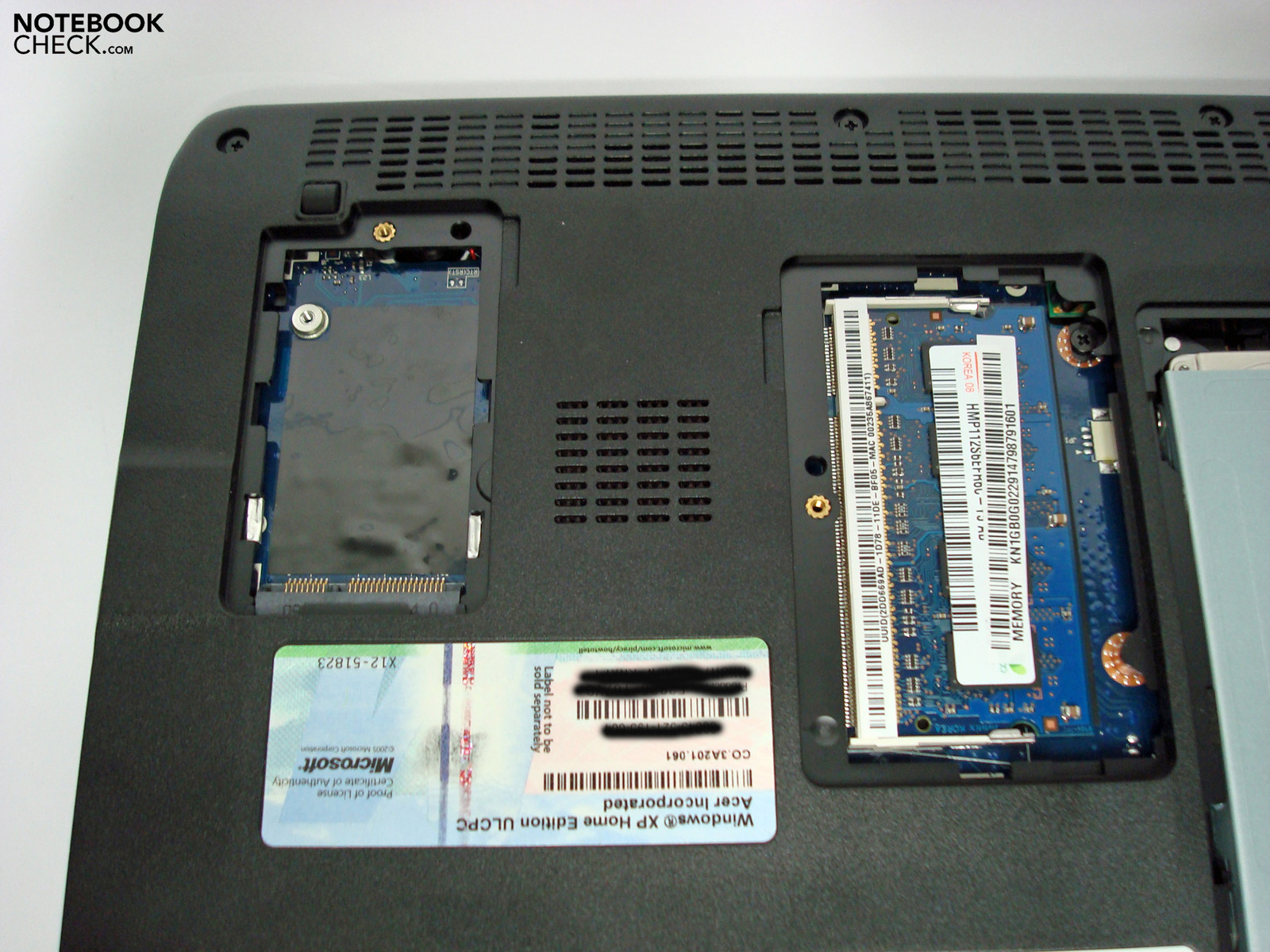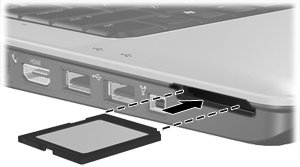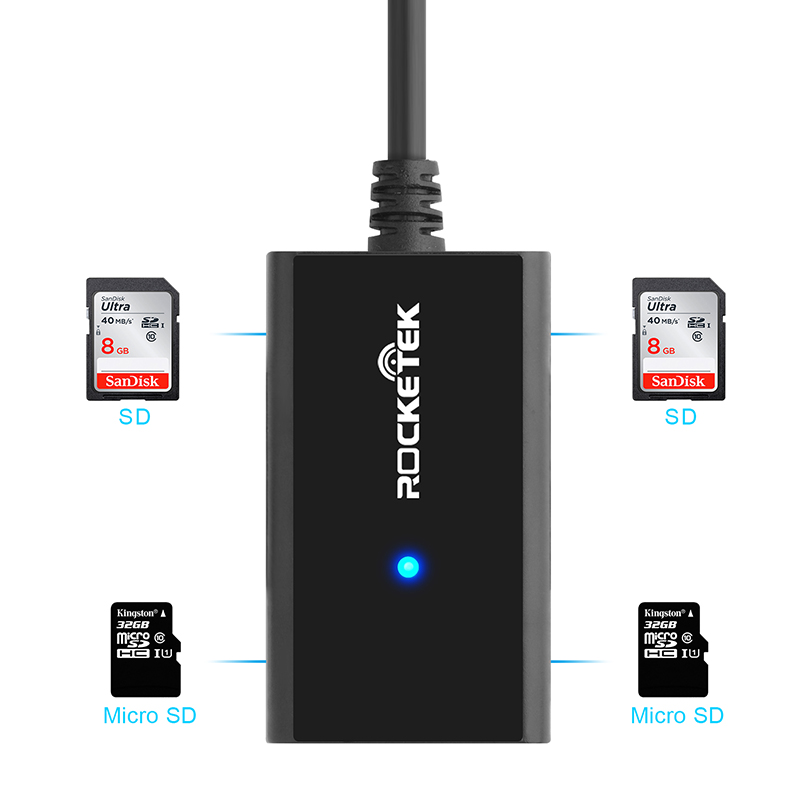Multi-slot USB card reader No need to carry a separate USB card reader. The NCB-20 can be connected to a computer via USB3 and used as a USB card reader. It is the only USB card reader that supports multiple identical memory cards. Card Eraser Erase multiple cards in a batch! You can delete multiple cards with one button click by using Delete. Some older memory card reader is unable to recognize the SDHC and SDXC memory card format. Is your SD card reader too old? If yes, you may need to buy a new one and make sure it is compatible with the SDHC or SDXC format or your current operating system (Windows 10). Check the USB cable. Excluding the above factors, you should check whether the. Card Reader Reviews. These Secure Digital, microSD, CompactFlash, XQD and CFast card reader reviews include read and write speed tests using several memory cards. Most readers support USB 3.0 or USB 3.1 for maximum transfer speed. USB 3.0 is capable of up to 500 MB/s speed. USB 3.1 is capable of up to 5 or 10 GB/s.
26 drivers total Last updated: May 23rd 2020, 19:33 GMT RSS Feed
sort by:
Intel NUC10i5FNHJ Genesys Card Reader Driver 1.1.6.2 for Windows 10 64-bit
70downloads
Gateway LT41P Card Reader Driver 4.3.0.7 for Windows 8
175downloads
Acer Aspire E5-731 Genesys Card Reader Driver 4.3.2.1 for Windows 8.1 64-bit
180downloads
Toshiba Satellite P70-A Genesys Card Reader Driver 4.3.0.3 for Windows 7
113downloads
Toshiba Satellite M50DT-A Genesys Card Reader Driver 4.3.0.7 for Windows 8.1 64-bit
73downloads
Toshiba Satellite M50DT-A Genesys Card Reader Driver 4.3.0.0 for Windows 7 64-bit
77downloads
Toshiba Satellite M50-A Genesys Card Reader Driver 4.3.0.0 for Windows 7 64-bit
90downloads
Toshiba Satellite U50T-A Genesys Card Reader Driver 4.3.0.7 for Windows 8 64-bit
73downloads
Toshiba Satellite S70T-A Genesys Card Reader Driver 4.3.0.3 for Windows 7 64-bit
87downloads
8 Slot Memory Card Reader For Iphone
Gateway GT5022j Card Reader Driver 1.1 for XP
286downloads
Gateway GT5020j Card Reader Driver 1.1 for XP
184downloads
Gateway GT3022b Card Reader Driver 1.10 for XP
149downloads
Gateway GT3020b Card Reader Driver 1.10 for XP
161downloads
Gateway GT3016b Card Reader Driver 1.10 for XP
144downloads
Gateway S-7125 Card Reader Driver 2.0.0.7 for XP
216downloads
Read Memory Card Slot

Gateway NX500 Card Reader Driver 1.0.3.2 for XP
170downloads
Sd Card Reader Slot
Aug 21st 2013, 07:47 GMTGateway MX8720 Card Reader Driver 2.0.0.6 for Vista
361downloads
Gateway MX7110 Card Reader Driver 1.02 for XP
239downloads

Gateway MX6440 Card Reader Driver 1.0.3.2 for XP
268downloads
Gateway MX6020 Card Reader Driver 1.0.3.2
266downloads
Gateway MP8708 Card Reader Driver 2.0.0.2 for XP
266downloads
Gateway MP8701 Card Reader Driver 2.0.0.6 for Vista
286downloads
Gateway MP6954 Card Reader Driver 2.0.0.2 for XP
266downloads
Gateway M520 Card Reader Driver 2.2e for XP
364downloads
8 Slot Memory Card Reader For Computer
Gateway M460 Card Reader Driver 1.0.3.2 for XP
345downloads
Gateway M405 Card Reader Driver 5.0.14.1027
314downloads
How To Choose A Memory Card Reader
Years ago, lots of laptop models had card readers as a regular feature but in recent times the quest for thinner and thinner convertibles led to many notebooks, especially the high-end ones, cutting off this handy piece of hardware.
Luckily the market is filled with various standalone memory card readers that come in all shapes and sizes. What's better, you don't have to spend days weighing different features in order to find the best memory card, reader. All you have to do is focus on a couple of important points such as the connection interface and memory card compatibility. Let's cover every important point when picking a memory card reader.
Compatibility With Different Memory Card Types

This is the feature you should focus on first. Different readers support different memory cards. Some can only host one or two memory card types, which can be all you need. But if you're someone dealing with lots of different memory cards on a regular basis or plan to get a camera that uses a different memory card type than what you use at the moment, think about getting a card reader that supports all memory card types you might use.
On the other hand, if you use just the SD or MicroSD cards and don't plan on using other memory card types, there's no point in spending more money to get a versatile card that costs more. Just make sure you know which memory cards your next reader should support.
Interface And Transfer Speed
This is very important since getting an old USB 2.0 reader can make you cry in agony. These days photos and especially videos can take a lot of data. Videos recorded in 4K resolution can take dozens of gigabytes, sometimes more. If you get a USB 2.0 type reader moving those hefty high-def videos to your computer can take an eternity.
If you're getting a memory card reader make sure that it supports USB 3.0 interface. Even flash drives support USB 3.0 for a decade now so there's no point in getting a card reader with dated interface. USB 3.0 transfer speeds are miles ahead of USB 2.0. While USB 2.0 maxes out at about 53MBps USB 3.0 supports transfer speeds up to 640MBps, at least on paper.
Next, we have the connection interface. If you own a modern laptop chances are you have both USB-A and USB-C ports so it doesn't matter which card reader you get, as long as it supports USB 3.0 interface. But if you have a Windows-based ultrabook or a recent MacBook Pro or Air model you're limited to USB-C ports so it's better to get a USB-C card reader unless you have a USB dongle or a USB hub. In that case, it doesn't matter.
Other Points To Consider
Do You Have A Built-In Card Reader On Your Laptop – While ultrabooks and MacBook computers cut build-in card readers many laptops still have them. Those readers are usually limited to MicroSD cards and SD cards. In case you're only using those two memory card types you don't need to buy a separate card reader.
Getting A Memory Card Reader With USB Hub – If you have a laptop with only one or a couple USB-C ports and you need not only a card reader but also a USB hub for extra ports, think about getting a memory card reader with additional USB ports available on it. This way you can solve two problems with one device.
Size And Portability – Some card reader models feature flash drive design. They can be directly connected to a USB port instead of needing a cable. Oldtimer occasionen schweiz. Those readers are smaller and weigh in less than card readers with connection cables so if you need a reader with maximum portability get one of those.

Gateway NX500 Card Reader Driver 1.0.3.2 for XP
170downloads
Sd Card Reader Slot
Aug 21st 2013, 07:47 GMTGateway MX8720 Card Reader Driver 2.0.0.6 for Vista
361downloads
Gateway MX7110 Card Reader Driver 1.02 for XP
239downloads
Gateway MX6440 Card Reader Driver 1.0.3.2 for XP
268downloads
Gateway MX6020 Card Reader Driver 1.0.3.2
266downloads
Gateway MP8708 Card Reader Driver 2.0.0.2 for XP
266downloads
Gateway MP8701 Card Reader Driver 2.0.0.6 for Vista
286downloads
Gateway MP6954 Card Reader Driver 2.0.0.2 for XP
266downloads
Gateway M520 Card Reader Driver 2.2e for XP
364downloads
8 Slot Memory Card Reader For Computer
Gateway M460 Card Reader Driver 1.0.3.2 for XP
345downloads
Gateway M405 Card Reader Driver 5.0.14.1027
314downloads
How To Choose A Memory Card Reader
Years ago, lots of laptop models had card readers as a regular feature but in recent times the quest for thinner and thinner convertibles led to many notebooks, especially the high-end ones, cutting off this handy piece of hardware.
Luckily the market is filled with various standalone memory card readers that come in all shapes and sizes. What's better, you don't have to spend days weighing different features in order to find the best memory card, reader. All you have to do is focus on a couple of important points such as the connection interface and memory card compatibility. Let's cover every important point when picking a memory card reader.
Compatibility With Different Memory Card Types
This is the feature you should focus on first. Different readers support different memory cards. Some can only host one or two memory card types, which can be all you need. But if you're someone dealing with lots of different memory cards on a regular basis or plan to get a camera that uses a different memory card type than what you use at the moment, think about getting a card reader that supports all memory card types you might use.
On the other hand, if you use just the SD or MicroSD cards and don't plan on using other memory card types, there's no point in spending more money to get a versatile card that costs more. Just make sure you know which memory cards your next reader should support.
Interface And Transfer Speed
This is very important since getting an old USB 2.0 reader can make you cry in agony. These days photos and especially videos can take a lot of data. Videos recorded in 4K resolution can take dozens of gigabytes, sometimes more. If you get a USB 2.0 type reader moving those hefty high-def videos to your computer can take an eternity.
If you're getting a memory card reader make sure that it supports USB 3.0 interface. Even flash drives support USB 3.0 for a decade now so there's no point in getting a card reader with dated interface. USB 3.0 transfer speeds are miles ahead of USB 2.0. While USB 2.0 maxes out at about 53MBps USB 3.0 supports transfer speeds up to 640MBps, at least on paper.
Next, we have the connection interface. If you own a modern laptop chances are you have both USB-A and USB-C ports so it doesn't matter which card reader you get, as long as it supports USB 3.0 interface. But if you have a Windows-based ultrabook or a recent MacBook Pro or Air model you're limited to USB-C ports so it's better to get a USB-C card reader unless you have a USB dongle or a USB hub. In that case, it doesn't matter.
Other Points To Consider
Do You Have A Built-In Card Reader On Your Laptop – While ultrabooks and MacBook computers cut build-in card readers many laptops still have them. Those readers are usually limited to MicroSD cards and SD cards. In case you're only using those two memory card types you don't need to buy a separate card reader.
Getting A Memory Card Reader With USB Hub – If you have a laptop with only one or a couple USB-C ports and you need not only a card reader but also a USB hub for extra ports, think about getting a memory card reader with additional USB ports available on it. This way you can solve two problems with one device.
Size And Portability – Some card reader models feature flash drive design. They can be directly connected to a USB port instead of needing a cable. Oldtimer occasionen schweiz. Those readers are smaller and weigh in less than card readers with connection cables so if you need a reader with maximum portability get one of those.
Some Memory Cards Work Best With Specific Memory Card Reader Models – Take a look at the listing for the SanDisk Extreme PRO SDXC memory card. It states that max transfer speed is achievable only if using specific memory card reader models, those that offer transfer speed in line with the card's UHS I-rated transfer speeds. When looking for a card reader make sure it can keep the pace with your memory card when it comes to max transfer speed.
Also, the maximum transfer speed can also be affected by your storage drive. If you own a hard drive you won't be able to reach highest transfer speeds, which can go up to about 250MBps when using the best card readers. If you want the best possible transfer speed make sure to have a fast memory card (UHS-II in case of an SD card and UDMA 7 for CF cards), a card reader that supports UHS-II and UDMA 7 standards, and an SSD.
